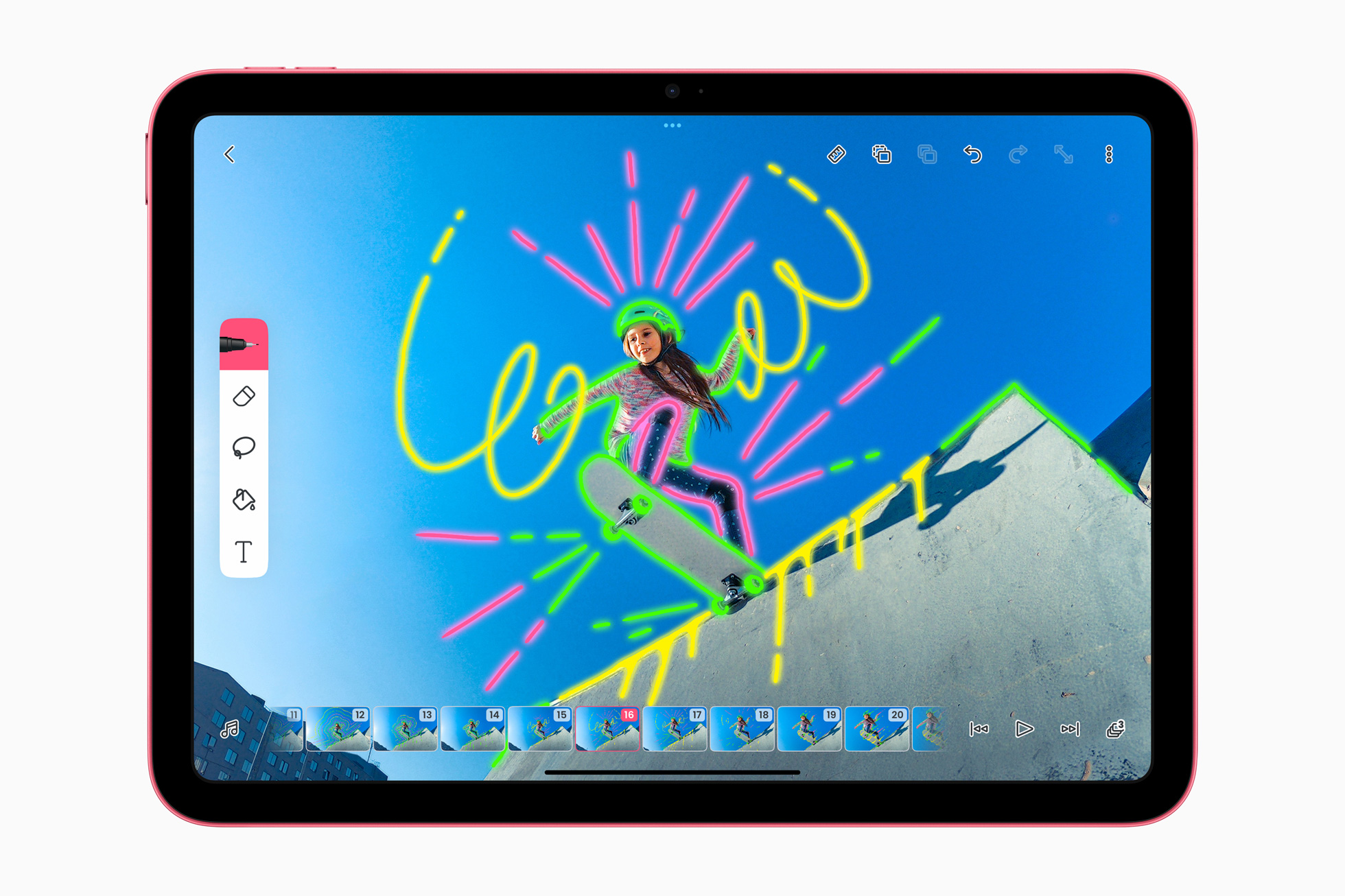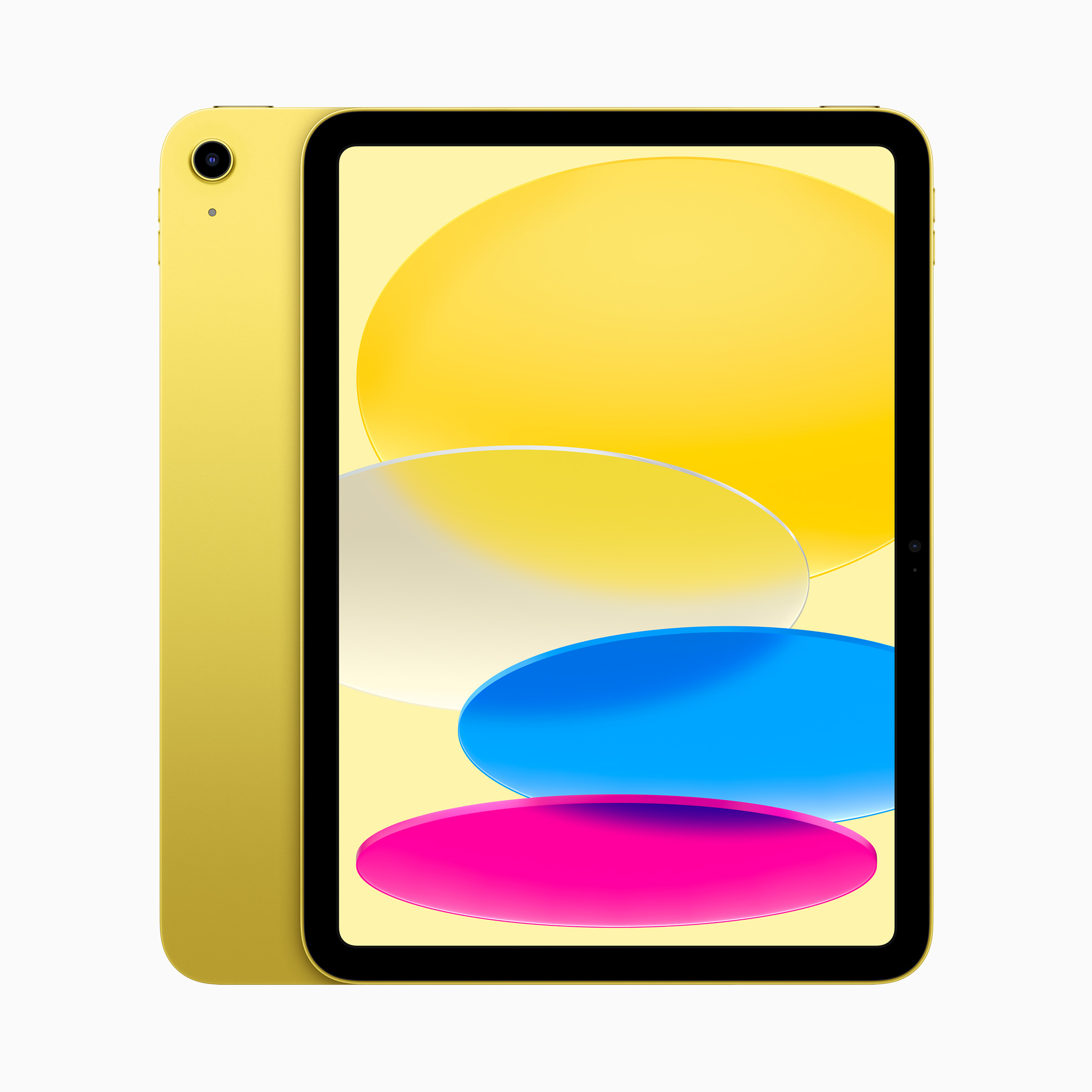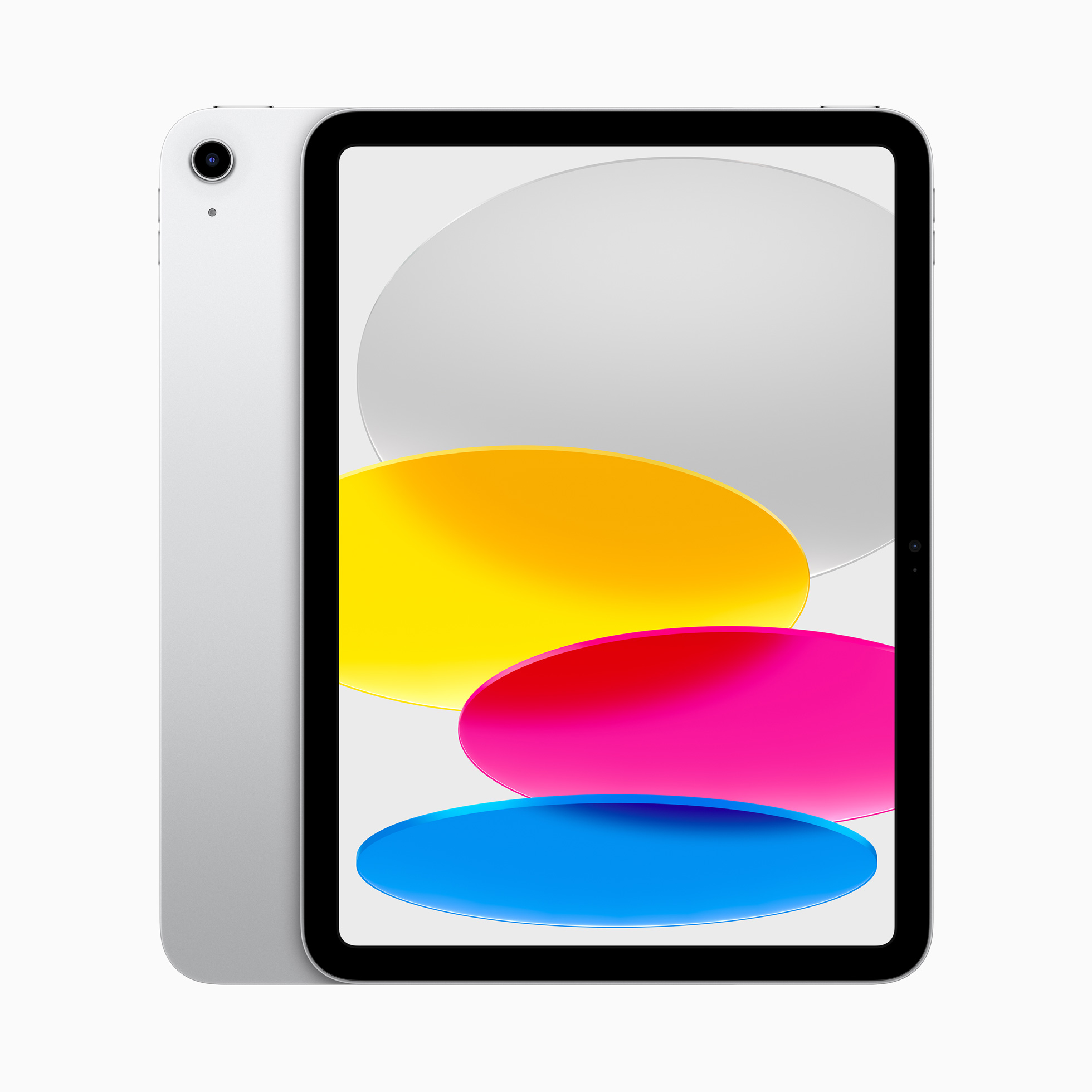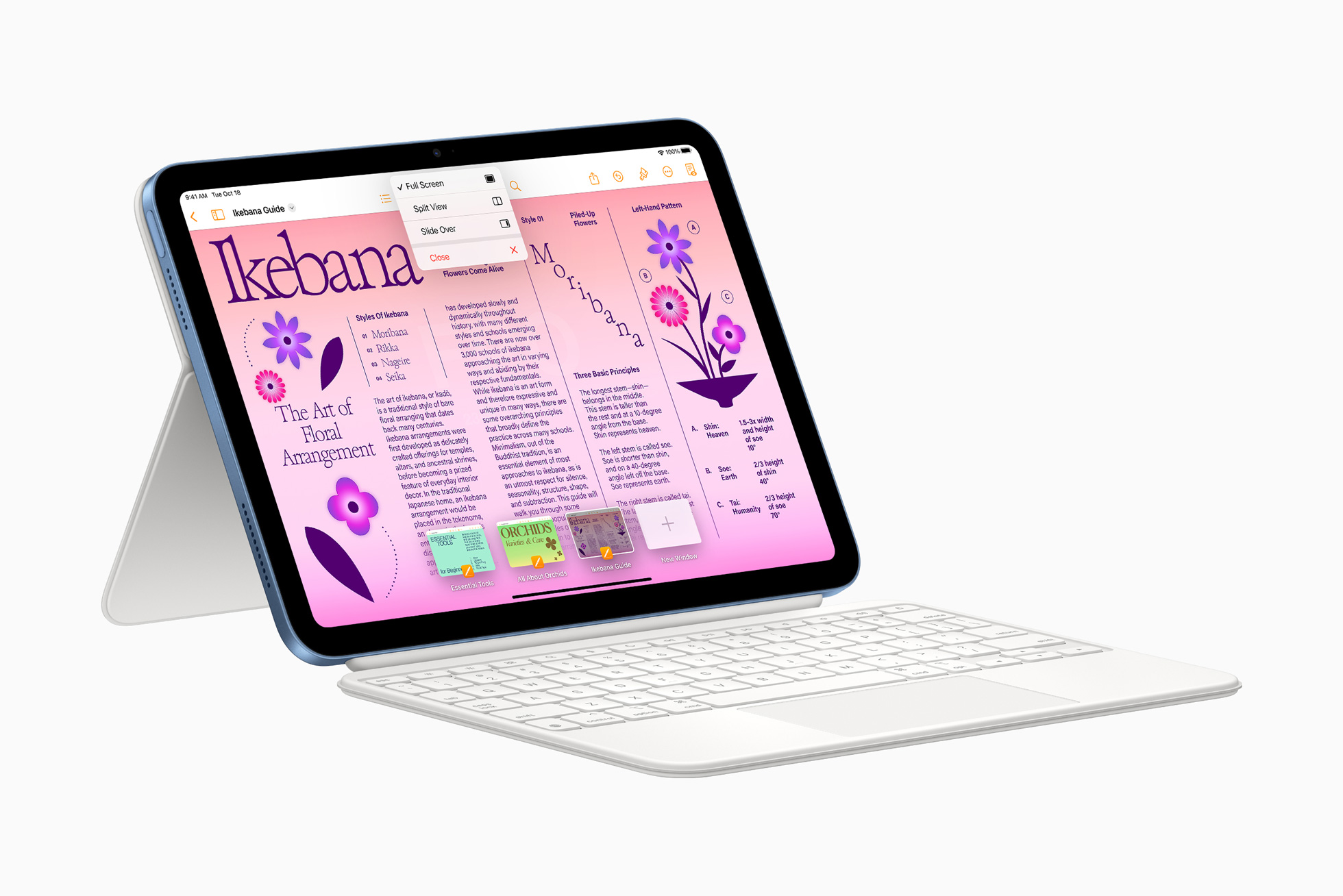Apple fans have been speculating for a long time when Apple will completely abandon its own Lightning connector and switch to the more universal USB-C. The Cupertino giant is of course fighting this tooth and nail. Lightning brings him a number of indisputable advantages. It is Apple's own technology, which it has complete control over, and therefore benefits from additional profits. Every manufacturer selling certified MFi (Made for iPhone) accessories must pay Apple licensing fees.
It could be interest you
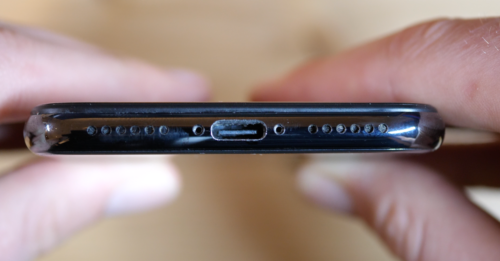
But the way it looks, the end of Lightning is coming unstoppably. According to the latest information, Apple plans to cancel it even in the case of iPhones, already with the arrival of the next iPhone 15 series. At the same time, it is an inevitable step for him. The European Union has decided to change the legislation that designates the more widespread USB-C as a universal standard. Simply put, all mobile phones, tablets, cameras, headphones and other electronics will have to offer USB-C starting in late 2024.
The end of Lightning in iPads
Lightning faces considerable criticism for several reasons. Users often point out that it is a relatively outdated standard. It first appeared with the iPhone 4 in 2012, when it replaced the older 30-pin connector. Its slower transfer speeds are also related to this. On the contrary, USB-C is now very popular and can be found on practically all devices. The only exception is Apple.
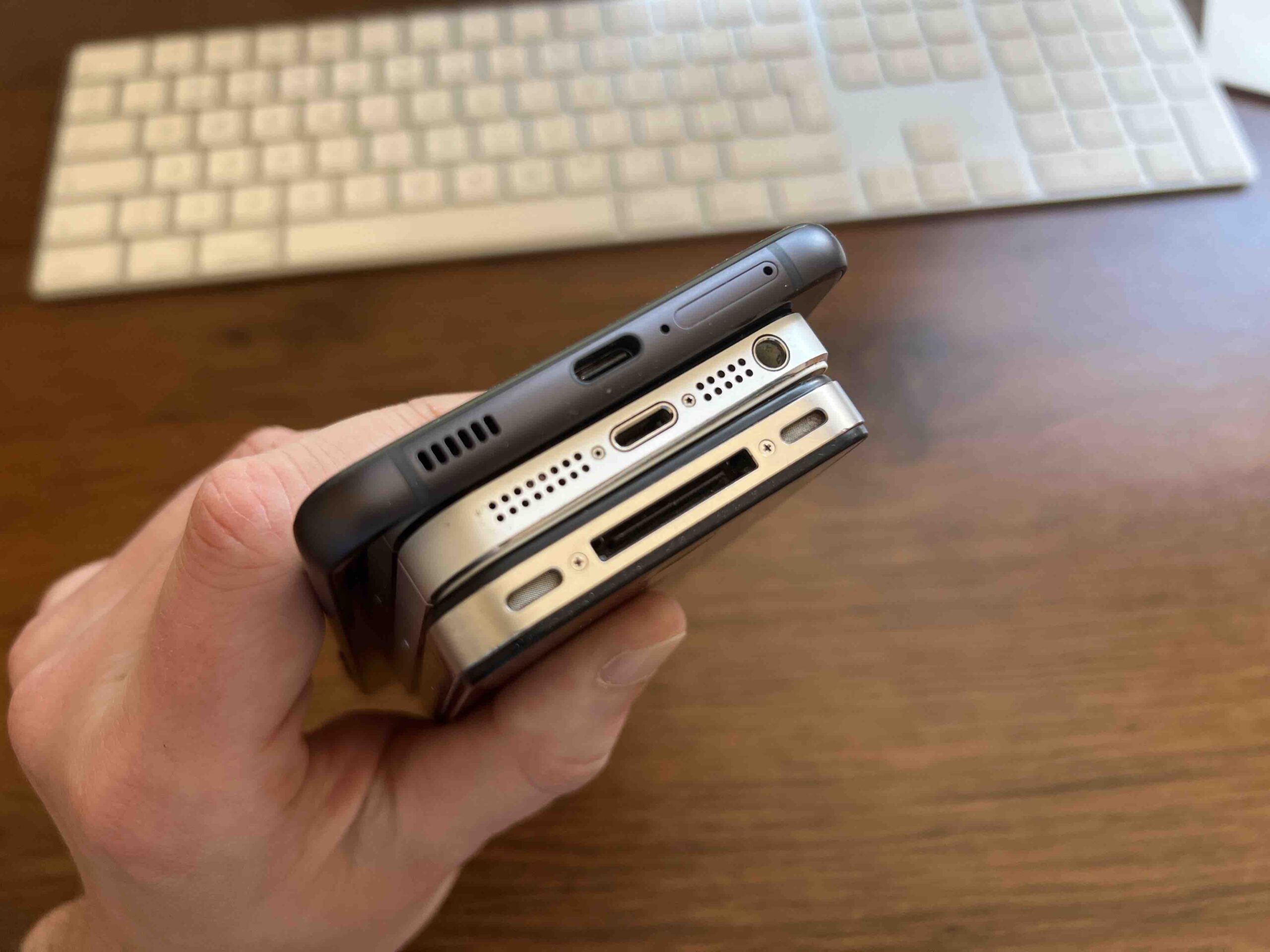
On the other hand, the truth is that although Apple is trying to keep Lightning at all costs, it has long since gotten rid of it for some of its products. MacBook (2015), MacBook Pro (2016) and MacBook Air (2016) were among the first products to implement the mentioned USB-C standard. Although these products did not have Lightning, the giant still bet on USB-C at the expense of its own solution - in this case it was MagSafe. The slow transition for iPads then began in 2018 with the arrival of the iPad Pro (2018). It received a complete design change, Face ID technology and a USB-C connector, which also greatly expanded the device's capabilities in terms of connecting other accessories. It was subsequently followed by the iPad Air (2020) and the iPad mini (2021).
The last model with a Lightning connector was the basic iPad. But even that slowly came to an end. On Tuesday, October 18, the Cupertino giant presented us with a brand new iPad (2022). It received a similar redesign to the Air and mini models, and also completely switched to USB-C, thus indirectly showing Apple which direction it more or less wants to go.
The last device with Lightning
There aren't many representatives with the Lightning connector left in the Apple company's offer. The last Mohicans include only iPhones, AirPods and accessories such as Magic Keyboard, Magic Trackpad and Magic Mouse. However, as we mentioned above, it is only a matter of time before we see the arrival of USB-C in the case of these devices as well. Still, we should be more cautious and not expect Apple to change the connector overnight for all these devices.
It could be interest you
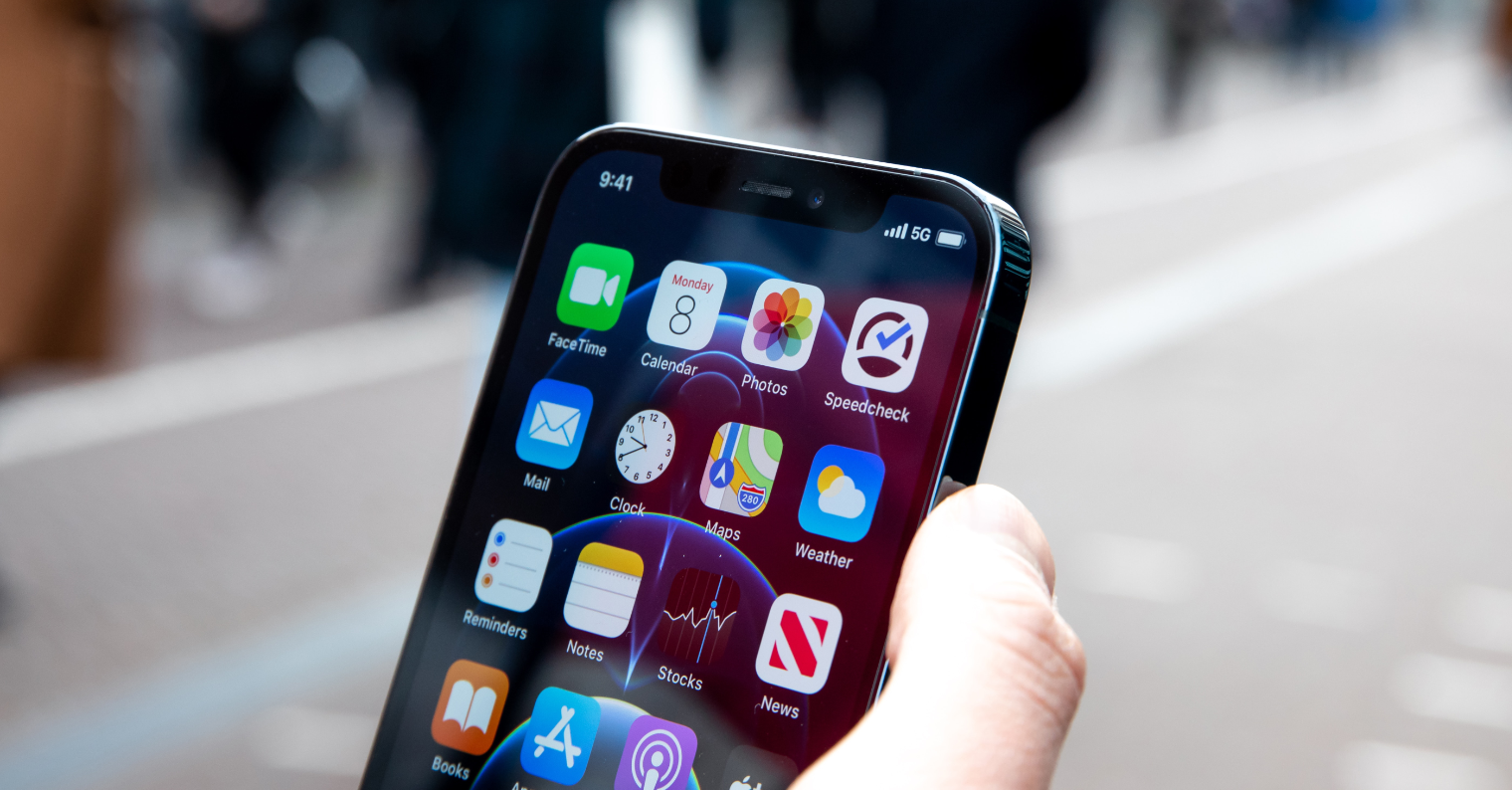
The current situation surrounding the new iPad (2022) and the Apple Pencil raises concerns. The 1st generation Apple Pencil has Lightning, which is used for pairing and charging. The problem, however, is that the aforementioned tablet does not offer Lightning and instead has USB-C. Apple could have easily solved these problems by giving the tablet support for the Apple Pencil 2, which is offered magnetically wirelessly. Instead, however, we were forced to use an adapter, which Apple will gladly sell you for 290 crowns.
 Flying around the world with Apple
Flying around the world with Apple 
